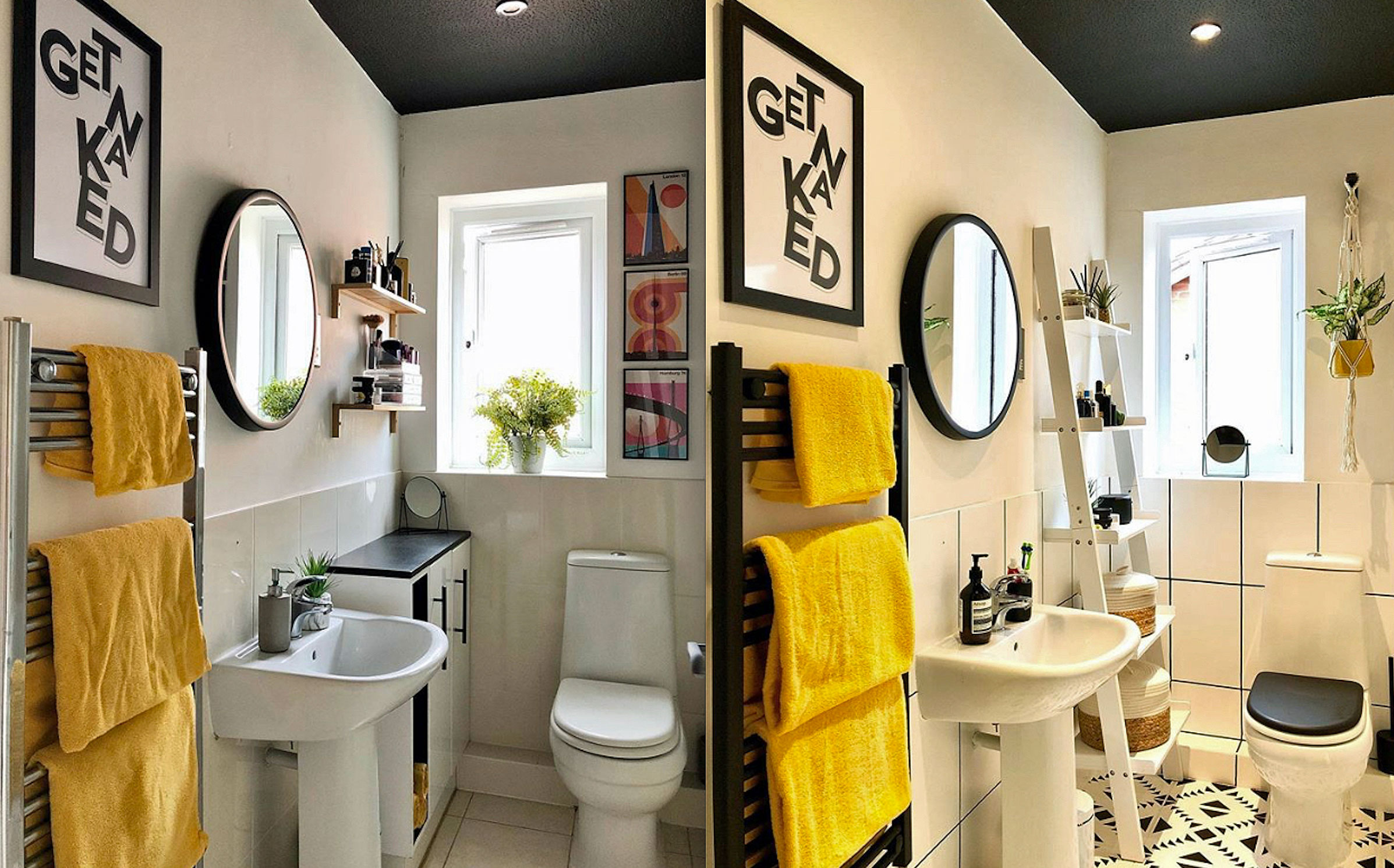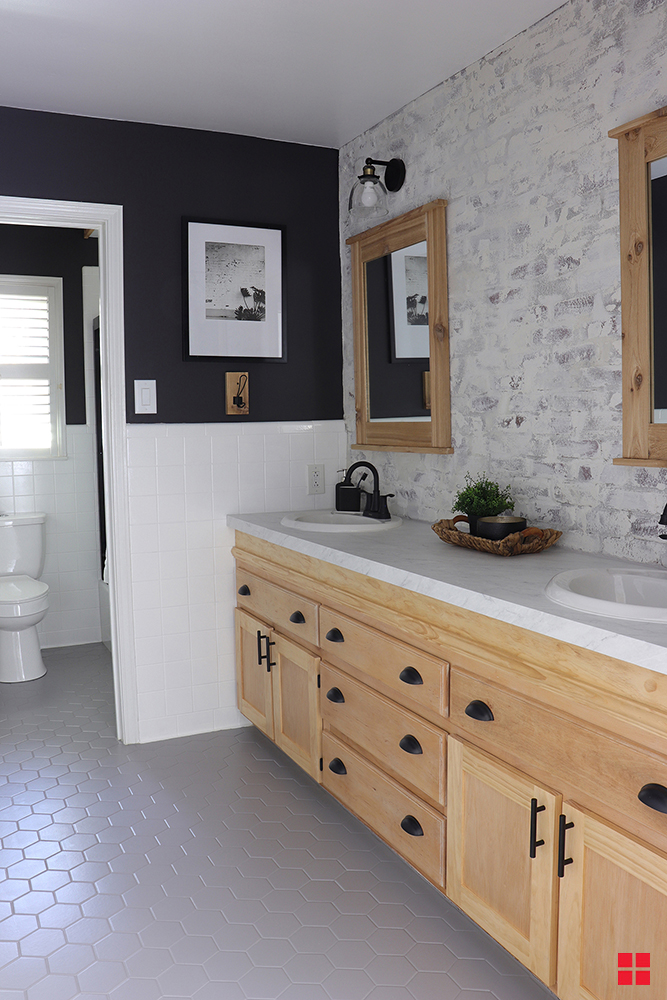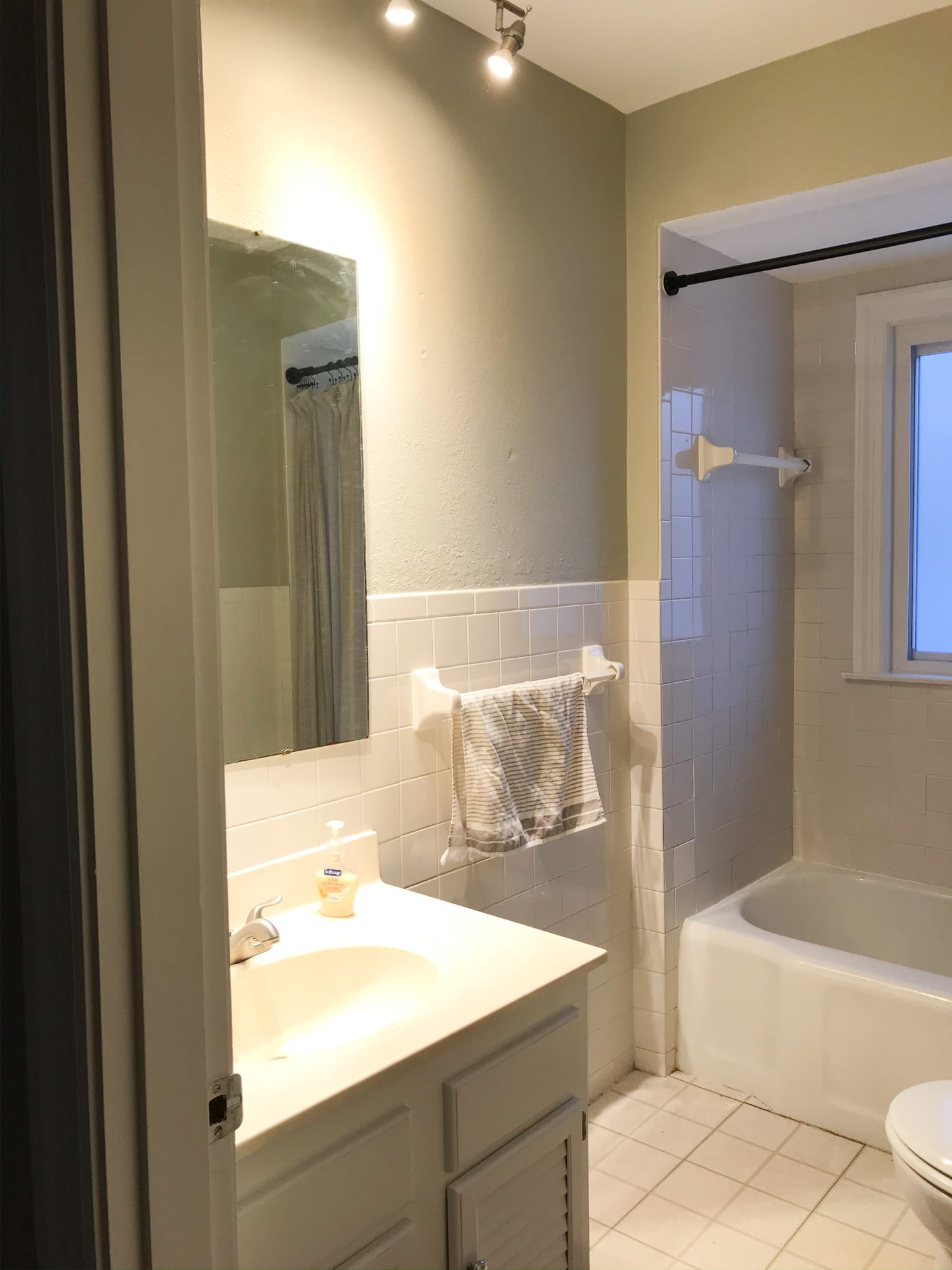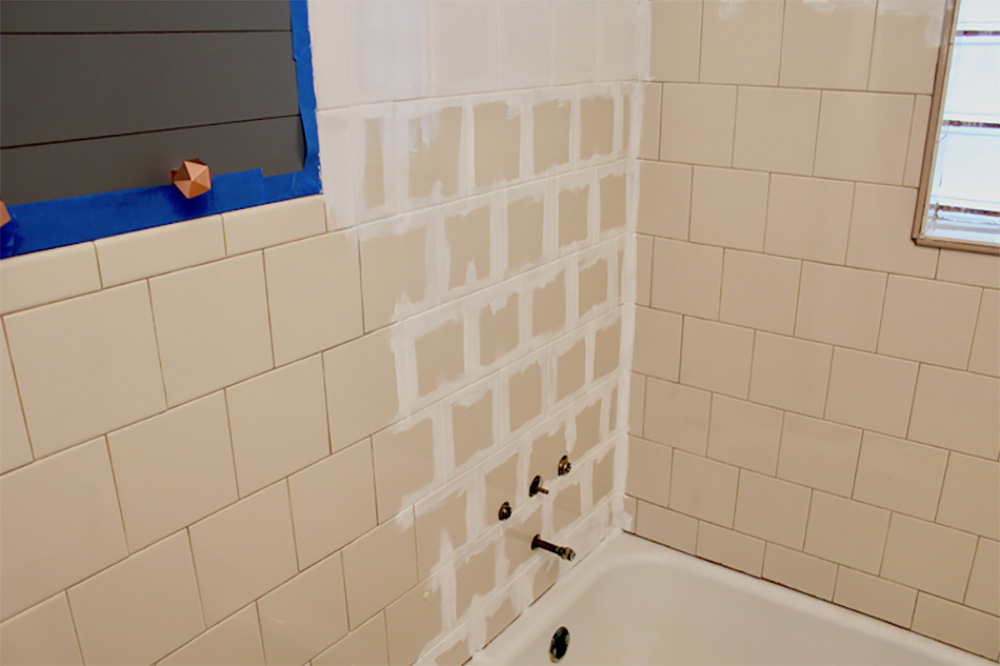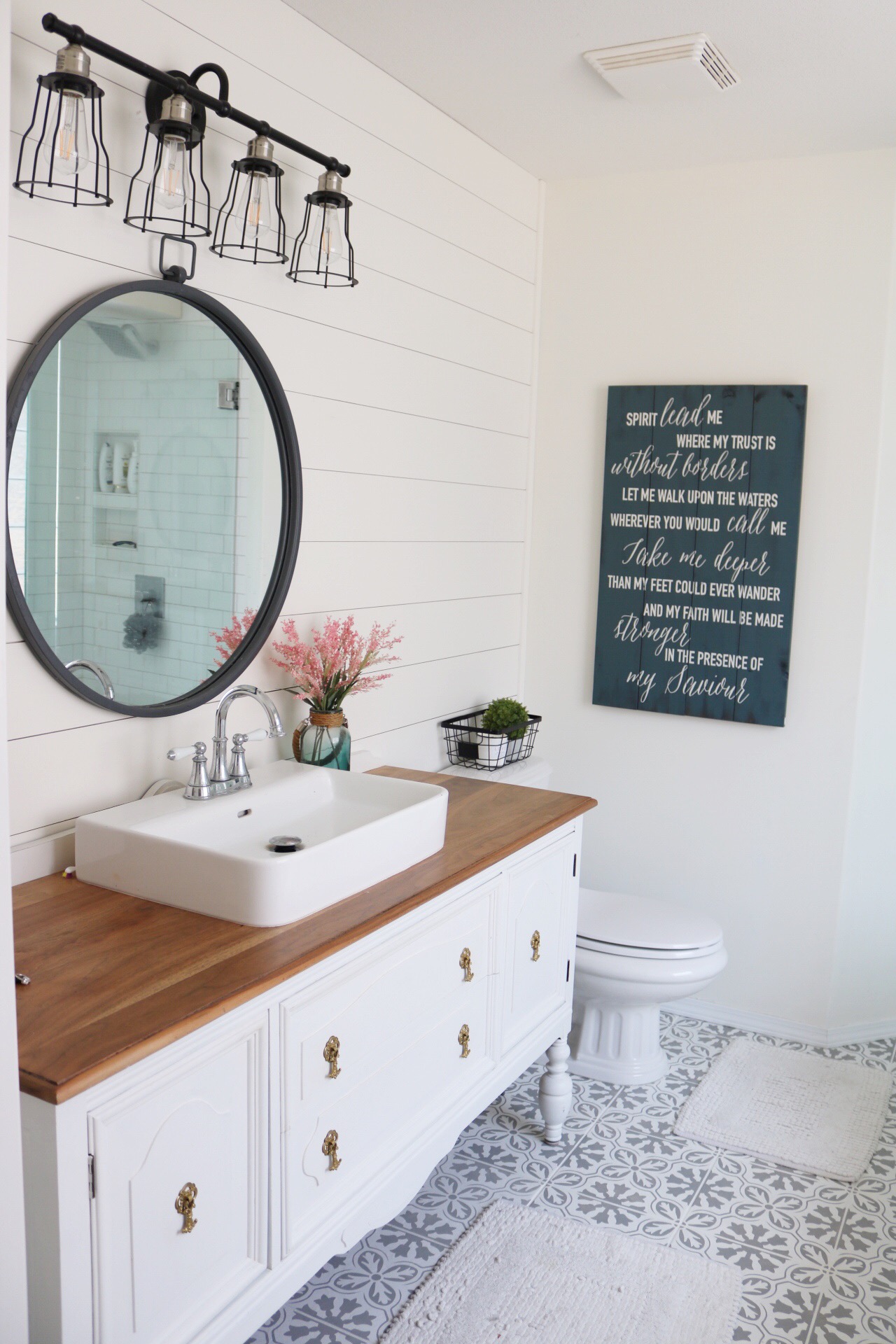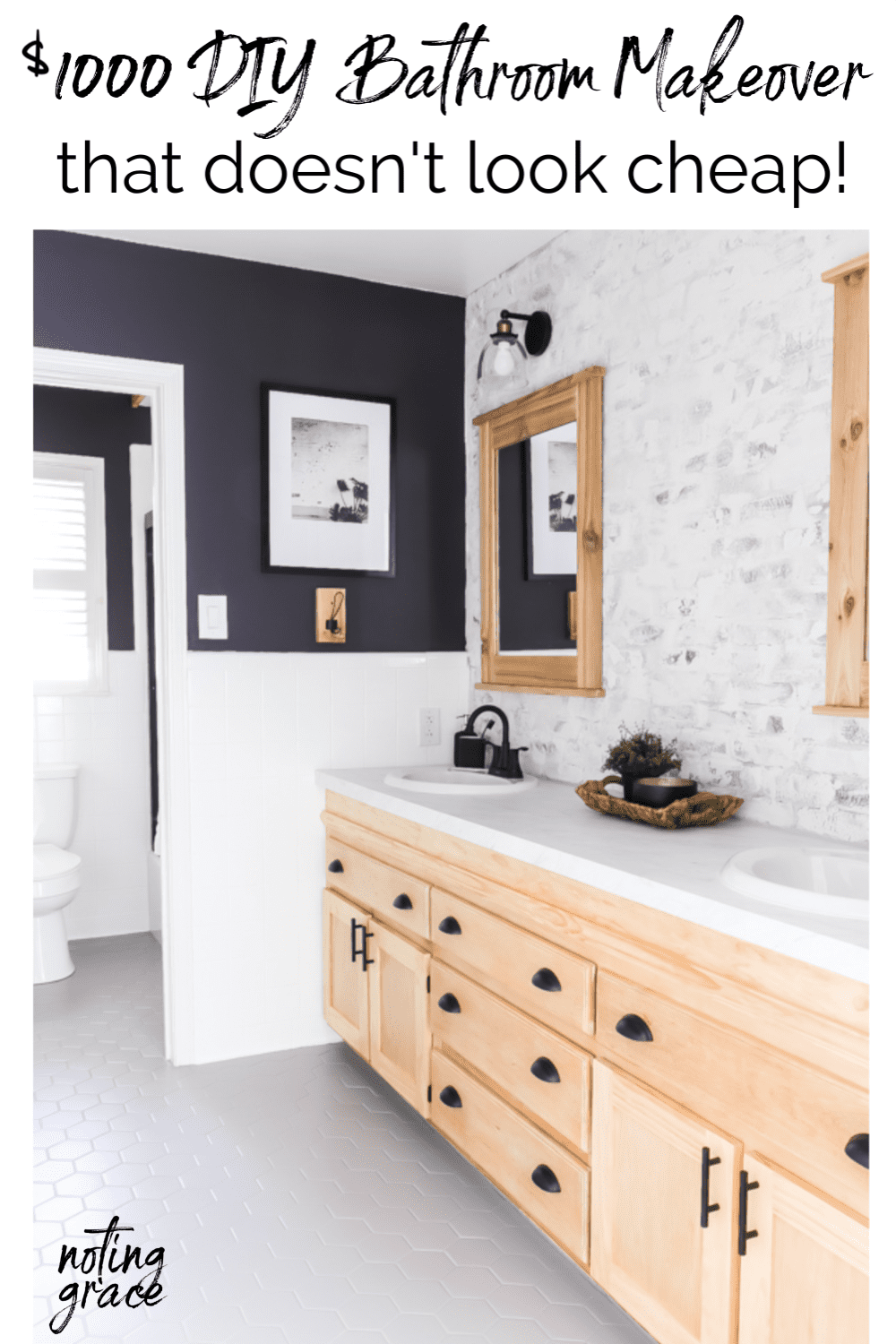A bathroom tile makeover can transform an ordinary bathroom into a stylish and functional space. Tiles are not only practical for their durability and water resistance but also for their ability to define the aesthetics of the bathroom. When considering a tile makeover, it’s essential to focus on the selection of materials, patterns, colors, and installation techniques to achieve the desired look and functionality.
The first step in a bathroom tile makeover is selecting the right type of tile. There are several materials to choose from, including ceramic, porcelain, natural stone, glass, and even metal. Ceramic tiles are popular due to their affordability and ease of maintenance. They come in a wide range of colors and styles, making them versatile for various design preferences. Porcelain tiles, known for their strength and low water absorption, are ideal for high-moisture areas. Natural stone tiles, such as marble, granite, and travertine, add a luxurious touch but require more maintenance to prevent staining and etching. Glass tiles are perfect for creating a modern, sleek look and can be used as accents or for entire walls to add a reflective quality that brightens the space.
Color selection is a crucial aspect of a tile makeover. Light-colored tiles can make a small bathroom appear larger and more open, while dark tiles can add drama and sophistication. Neutral colors like white, beige, and gray are timeless and versatile, allowing for easy updates to other bathroom elements. Bold colors and patterns can create focal points and add personality to the bathroom. When choosing colors, consider the overall design scheme of the bathroom and how the tiles will coordinate with fixtures, cabinetry, and other elements.
Patterns and layouts significantly influence the visual impact of bathroom tiles. Traditional grid patterns are classic and straightforward, but more intricate designs such as herringbone, chevron, and basketweave can add visual interest and elegance. Large-format tiles can create a sense of spaciousness and reduce the number of grout lines, leading to easier maintenance. Mosaic tiles, which come in sheets of small tiles, are excellent for adding texture and detail, especially in shower niches or as backsplashes.
Grout selection is often overlooked but is vital to the overall look of the tiled surface. Grout color can either blend with the tiles or contrast to highlight the tile pattern. White or light-colored grout can create a seamless look, while dark grout can emphasize the layout and make a bold statement. It’s also important to choose a grout that is stain-resistant and easy to clean, especially in high-moisture areas like showers.
Preparing the surface before tiling is critical for a successful makeover. The existing surface should be clean, dry, and free of any loose material. In some cases, it might be necessary to remove old tiles or prepare the wall with a backer board to ensure a smooth and stable base for the new tiles. Proper surface preparation helps prevent future issues like cracking or uneven tiles.
When installing tiles, precision and attention to detail are paramount. Using spacers ensures even spacing between tiles, which is crucial for maintaining a uniform appearance. Cutting tiles to fit around fixtures and edges requires careful measurement and the right tools. A professional tile cutter or wet saw can make precise cuts, ensuring a perfect fit. It’s also essential to follow the manufacturer’s instructions for adhesive and grout application to ensure a durable installation.
Maintaining new bathroom tiles involves regular cleaning and care to keep them looking their best. Different tile materials require different maintenance routines. For instance, natural stone tiles need sealing to protect against stains and moisture. Regular cleaning with non-abrasive cleaners helps prevent build-up and keeps grout lines looking fresh. Addressing spills and stains promptly can also prolong the life and appearance of the tiles.
Incorporating decorative elements with tiles can enhance the overall design of the bathroom. Accent tiles, such as those with intricate patterns or metallic finishes, can be used to create borders, backsplashes, or feature walls. Combining different tile materials and sizes can add depth and interest. For example, pairing large-format floor tiles with smaller mosaic tiles on the walls can create a balanced and cohesive look.
Budgeting is an important aspect of a bathroom tile makeover. Tile costs can vary widely depending on the material and design. Setting a realistic budget and prioritizing areas where tiles will have the most impact can help manage costs. It’s also worth considering the long-term benefits of investing in high-quality tiles, which can enhance the value of the home and reduce the need for future repairs or replacements.
Hiring a professional versus DIY is another consideration. While DIY tiling can save on labor costs, it requires time, patience, and skill to achieve a professional finish. Hiring a professional ensures a high-quality installation, especially for complex patterns or large areas. However, for those with experience and the right tools, DIY can be a rewarding and cost-effective option.
Lighting can dramatically affect how tiles look. Natural light highlights the true color and texture of tiles, while artificial lighting can create different effects. Consider the placement and type of lighting in the bathroom to enhance the tiles’ appearance. For instance, under-cabinet lighting can highlight a tiled backsplash, while overhead lighting can create a bright and airy feel.
Sustainability is an increasing concern in home renovations. Opting for eco-friendly tiles made from recycled materials or sustainably sourced natural stone can reduce the environmental impact. Additionally, selecting tiles with a long lifespan and low maintenance needs contributes to a more sustainable bathroom design.
Tile trends evolve, but classic designs often remain timeless. Currently, trends include the use of large-format tiles, geometric patterns, and natural stone finishes. Staying updated on trends can provide inspiration but balancing trendy choices with timeless elements ensures the bathroom remains stylish for years to come.
Finally, considering the overall cohesiveness of the bathroom design is essential. Tiles should complement other design elements, such as fixtures, cabinetry, and accessories. A well-coordinated design enhances the visual appeal and functionality of the bathroom, creating a harmonious and inviting space.
Common Mistakes to Avoid
One common mistake in a bathroom tile makeover is choosing the wrong tile material for the intended use. For example, using porous natural stone in a high-moisture area without proper sealing can lead to staining and damage. It’s essential to select tiles that are suitable for the specific areas of the bathroom. Another mistake is neglecting the importance of surface preparation. Inadequate preparation can result in uneven tiles and future issues like cracking. Properly cleaning and leveling the surface before installation is crucial.
Poor grout selection and application are also common pitfalls. Choosing a grout color that doesn’t complement the tiles can detract from the overall design. Additionally, failing to apply grout sealer can lead to staining and deterioration over time. Ensuring the grout is applied evenly and sealed properly helps maintain the appearance and longevity of the tiles.
Inconsistent tile spacing and alignment can significantly impact the visual appeal of the tiled surface. Using spacers and regularly checking alignment during installation helps achieve a uniform look. Another mistake is not planning the layout before starting. A well-planned layout ensures that cut tiles are minimized and positioned in less noticeable areas, creating a more professional finish.
Overlooking the importance of ventilation in the bathroom can lead to moisture-related issues, such as mold and mildew, which can damage tiles and grout. Proper ventilation helps maintain a dry and healthy environment. Additionally, ignoring the impact of lighting on tile appearance can result in a space that looks different from the intended design. Considering both natural and artificial lighting ensures that the tiles are showcased effectively.
What types of tiles are best for a bathroom makeover?
The best types of tiles for a bathroom makeover include ceramic, porcelain, natural stone, glass, and metal. Ceramic and porcelain tiles are popular for their durability, water resistance, and ease of maintenance. Porcelain is particularly suited for high-moisture areas due to its low water absorption rate. Natural stone tiles, such as marble and granite, add a luxurious touch but require more maintenance. Glass tiles are excellent for creating modern, reflective surfaces, while metal tiles can be used as accents to add a unique, contemporary flair. Each material has its benefits, so choosing the right one depends on the desired look, functionality, and maintenance requirements.
How do I choose the right tile color for my bathroom?
Choosing the right tile color for your bathroom involves considering the overall design scheme and the desired ambiance. Light colors like white, beige, and pastels can make a small bathroom appear larger and more open. Dark colors add drama and sophistication but can make a space feel smaller. Neutral colors offer timeless versatility and allow for easy updates to other bathroom elements. Bold colors and patterns can create focal points and add personality. It’s also important to consider how the tile color will coordinate with fixtures, cabinetry, and other design elements to create a cohesive look.
What are the benefits of using large-format tiles in a bathroom?
Large-format tiles offer several benefits in a bathroom makeover. They can create a sense of spaciousness and make the room appear larger by reducing the number of grout lines. Fewer grout lines also mean less maintenance, as there are fewer areas for dirt and mildew to accumulate. Large tiles provide a sleek, modern look and can be particularly effective in contemporary bathroom designs. Additionally, they can be used on both floors and walls, creating a cohesive and seamless appearance.
How important is grout selection in a bathroom tile makeover?
Grout selection is vital to the overall look and durability of a tiled bathroom. The color of the grout can either blend with the tiles for a seamless look or contrast to highlight the tile pattern. Light-colored grout can create a clean, cohesive appearance, while dark grout can make a bold statement and emphasize the layout. Choosing a stain-resistant and easy-to-clean grout is essential for maintaining the appearance, especially in high-moisture areas like showers. Proper application and sealing of grout help prevent staining and deterioration over time, ensuring the longevity of the tiled surface.
Can I install bathroom tiles myself, or should I hire a professional?
Installing bathroom tiles yourself can be a rewarding and cost-effective project if you have the right tools, skills, and patience. However, it requires precision and attention to detail to achieve a professional finish. For complex patterns, large areas, or high-stakes installations like shower walls, hiring a professional is advisable to ensure a high-quality result. Professionals have the experience and equipment to handle intricate cuts and ensure even spacing and alignment. While DIY can save on labor costs, a professional installation can provide peace of mind and a durable, long-lasting finish.
How can I incorporate natural light into my bathroom tile design?
Incorporating natural light into your bathroom tile design can enhance the space’s brightness and ambiance. Installing windows, skylights, or solar tubes can bring in natural light. Using frosted or textured glass for windows can maintain privacy while allowing light to filter through. Positioning mirrors to reflect natural light can further brighten the space and create a more open feel. Additionally, choosing light-colored and reflective tiles can enhance the natural light, making the bathroom appear larger and more inviting. Balancing natural light with artificial lighting ensures consistent illumination throughout the day.
Remodelaholic A $170 Bathroom Makeover with Painted Tile
A DIY Bathroom makeover with Fusion Mineral Paint
DIY Bathroom Makeover That Doesnu’t Look Cheap
Remodelaholic A $170 Bathroom Makeover with Painted Tile
Give Your Bathroom Tiles a Makeover
Related articles:
- Bathroom Tile Layout Design Ideas
- Bathroom Tile Ideas Natural
- How To Remove Bathroom Tiles From Plasterboard
- Bathroom Tiles Ideas B And Q
- Johnson Bathroom Tiles Design
- Light Beige Bathroom Tile
- Black Grey Bathroom Tiles
- Blue Marble Effect Bathroom Tiles
- Bathroom Tile Waterproof Membrane
- Bathroom Tiles Laying Design

